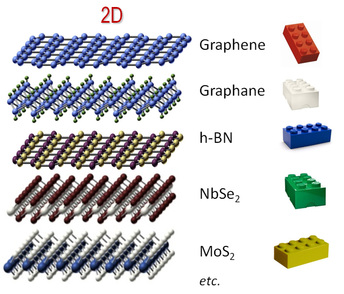


Such ultrathin monolayer materials, in this case molybdenum disulfide, are seen as a major contender for a way around the miniaturization limits now being encountered by silicon-based transistor technology. The solution proved to be a simple one: the use of a semimetal, the element bismuth, to take the place of ordinary metals to connect with the monolayer material. “We resolved one of the biggest problems in miniaturizing semiconductor devices, the contact resistance between a metal electrode and a monolayer semiconductor material,” says Su, who is now at UC Berkeley. The findings are described this week in the journal Nature, in a paper by recent MIT graduates Pin-Chun Shen PhD ’20 and Cong Su PhD ’20, postdoc Yuxuan Lin PhD ’19, MIT professors Jing Kong, Tomas Palacios, and Ju Li, and 17 others at MIT, UC Berkeley, and other institutions. Now researchers at MIT, the University of California at Berkeley, the Taiwan Semiconductor Manufacturing Company, and elsewhere have found a new way of making those electrical connections, which could help to unleash the potential of 2D materials and further the miniaturization of components - possibly enough to extend Moore’s Law, at least for the near future, the researchers say. One new direction being explored is the use of atomically thin materials instead of silicon as the basis for new transistors, but connecting those “2D” materials to other conventional electronic components has proved difficult. These limits could bring decades of progress to a halt, unless new approaches are found.

Moore’s Law, the famous prediction that the number of transistors that can be packed onto a microchip will double every couple of years, has been bumping into basic physical limits.


 0 kommentar(er)
0 kommentar(er)
